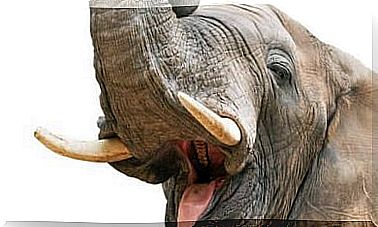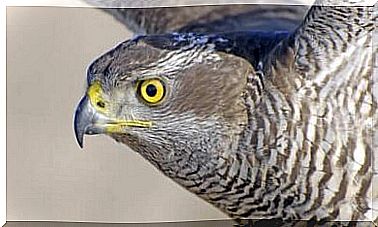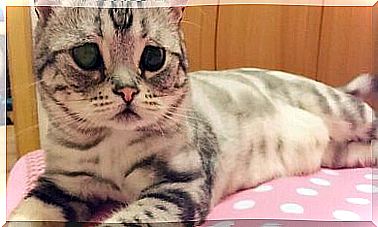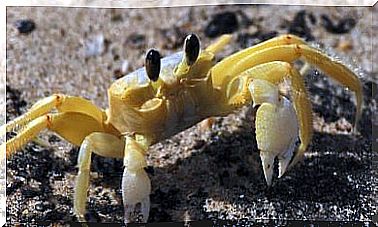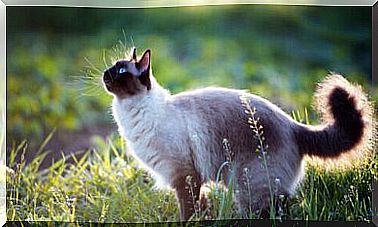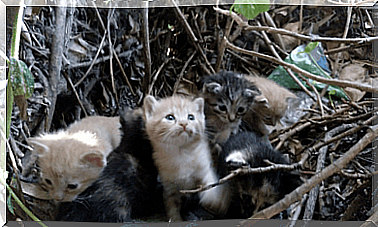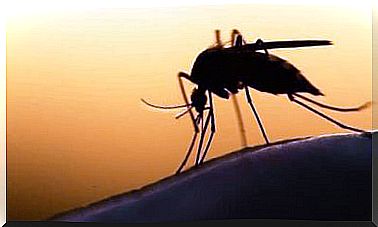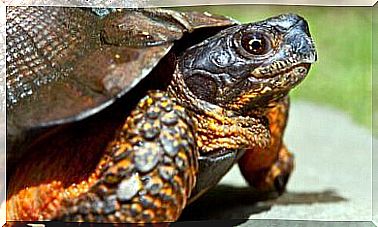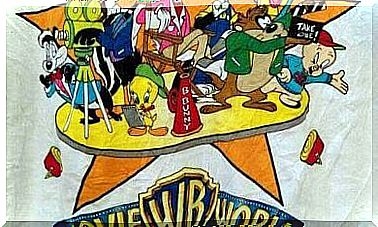Cooperation In Kind: Unity Is Strength
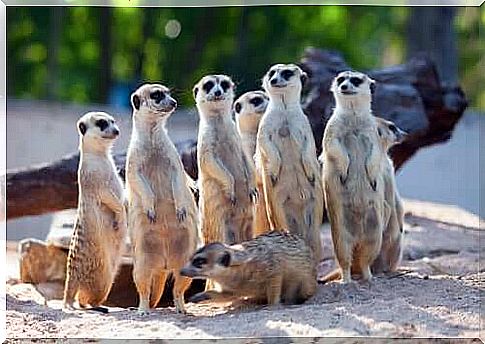
Cooperation in nature can mean the difference between life and death. The animals work together to increase their chances of survival over time and thus secure offspring. We are all familiar with the case of the clownfish and anemone, which protect each other from predators and parasites.
However, there are other lesser known, but equally essential, behaviors. For example, many mammals engage in collective breeding. In these cases, animals of the same species look after the puppies even though they are not their own.
Meerkats come to mind: among these animals for each group is a dominant reproducing female and various subordinate helpers. Several studies have shown that the number of helpers for each dominant female depends on the number of pups that survive.
We have seen some examples of cooperation in nature, but what happens when sociability defines the very existence of the animal? We explain it below.
Cooperation in kind and eusociality
Eusociality is a term that refers to the highest level of social organization that occurs in some animal species. It is characterized by:
- Collective care of puppies.
- The overlap of generations.
- The existence of sterile castes and altruistic conduct.
When castes evolve to irreversibly subordinate themselves to a dominant specimen, we speak of obligatory eusociality. This form of cooperation is especially common among insects: Hymenoptera are the kings of teamwork.
The hierarchy in bees
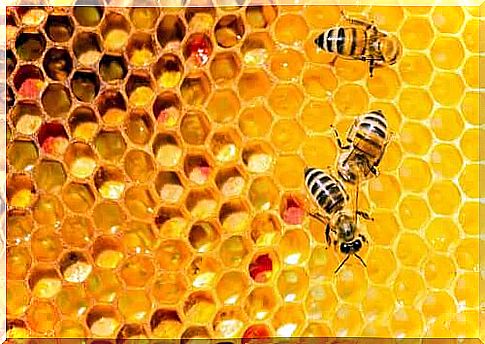
Bees are a clear example of the famous saying “unity is strength”. The hive is home to three different castes: queen, workers and drones. Only the queen bee can be fertilized by drones; later, other worker bees will be born from the fertilized eggs and other drones from the unfertilized ones.
The difference between a queen bee and a worker bee depends on the food received during the larval stage. The queen bee is the nerve center of the hive: it can live from two to four years and lay up to 1500 eggs per day! The task of the remaining castes is to protect her and guarantee her nourishment at all costs.
There are differences in the size of colonies and castes depending on the species. For example, the hornet (of the genus Bombus ) lives in colonies consisting of a queen bee and up to 500 worker bees, while wasps (of the genus Vespula ) can have thousands of queens and millions of workers in the same colony. It might seem that such a hierarchy is the pinnacle of cooperation in nature, but this is not the case.
The superorganisms
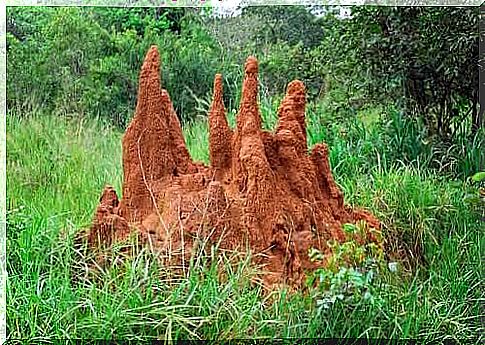
The term “superorganisms” is used to describe colonies which act as a single living being and which have their own physiology. The queen is the brain and the built structures and the workers are the arm.
Their union is given by a common regulated temperature, a continuous flow of nutrients and a communicative capacity similar to a nervous system. An example of this form of cooperation in nature is given by several species of termites, which create mammoth structures compared to their miniscule size.
Each member of a superorganism could be compared to a cell and a bacterium in our body : both are part of a much larger structure.
Eusociality in mammals
The union in nature does not see only insects as protagonists, in fact even mammals present extreme forms of cooperation. The hairless mole ( Heterocephalus glaber) is an ideal example of this.
This curious animal forms colonies of about 80 individuals. Each colony consists of a complex system of burrows connected by tunnels of different depths. In these colonies only one breeding female is found, copulating with the same two or three males up to five times a year. The specimens that do not reproduce (workers and workers) are dedicated to looking for food and to defend the colony.
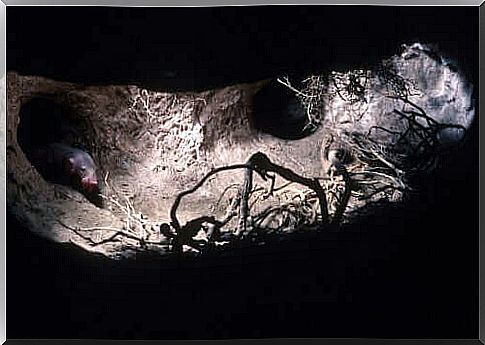
A curious fact about the colonies of this species is their high rate of xenophobia: they immediately attack and kill any individual who enters their tunnels and who does not belong to their system.
There is a clear dimorphism in this species depending on the hierarchy; it is evident from the fact that the males and females that reproduce are larger.
All for one, one for all: cooperation in kind
As seen in this article, the union of many small beings can give incredible results. From complex hierarchies to structures that act as a single living being.
Cooperation and eusociality have a single purpose: to prolong the life of the species. But there is no need to immerse yourself in nature to observe these behaviors: just take a walk in your neighborhood to discover that we are not all that different from the colonies of animals described here.

